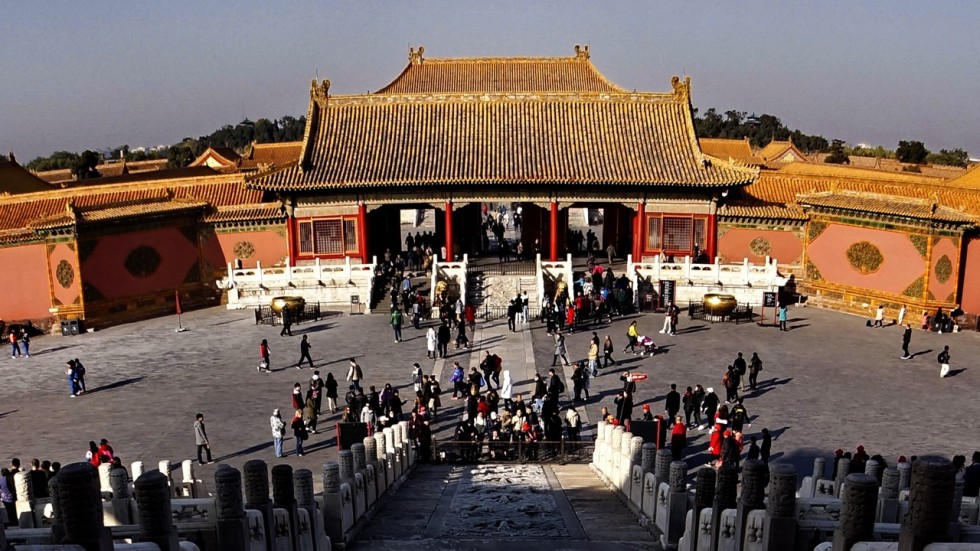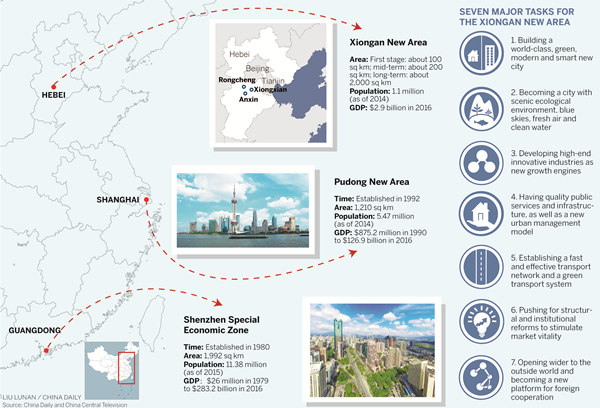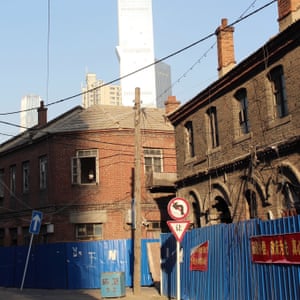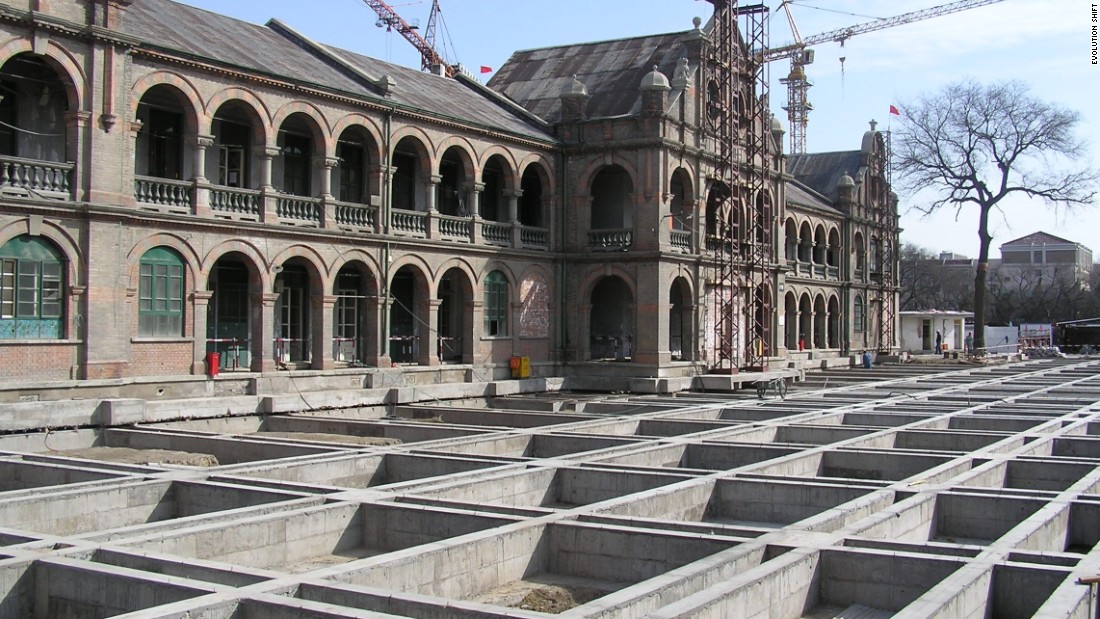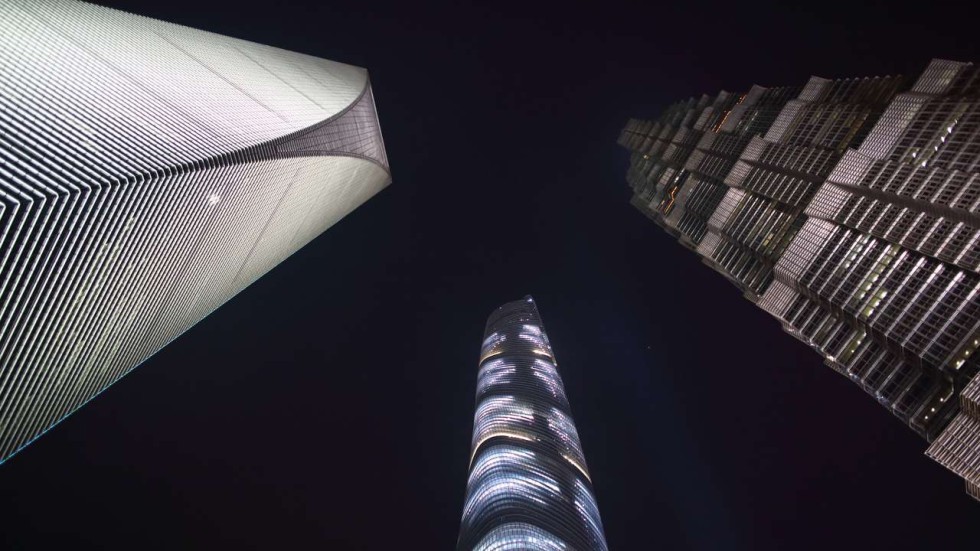Source: NYT (6/29/17)
Once a Model City, Hong Kong Is in Trouble
When the British left 20 years ago, Hong Kong was seen as a rare blend of East and West that China might seek to emulate. Now, increasingly, it’s a cautionary tale.
By Keith Bradsher, Photographs by Lam Yik Fei
HONG KONG — When Hong Kong returned to Chinese rule two decades ago, the city was seen as a model of what China might one day become: prosperous, modern, international, with the broad protections of the rule of law.
There was anxiety about how such a place could survive in authoritarian China. But even after Beijing began encroaching on this former British colony’s freedoms, its reputation as one of the best-managed cities in Asia endured.
The trains ran on time. Crime and taxes were low. The skyline dazzled with ever taller buildings. Continue reading HK is in trouble



